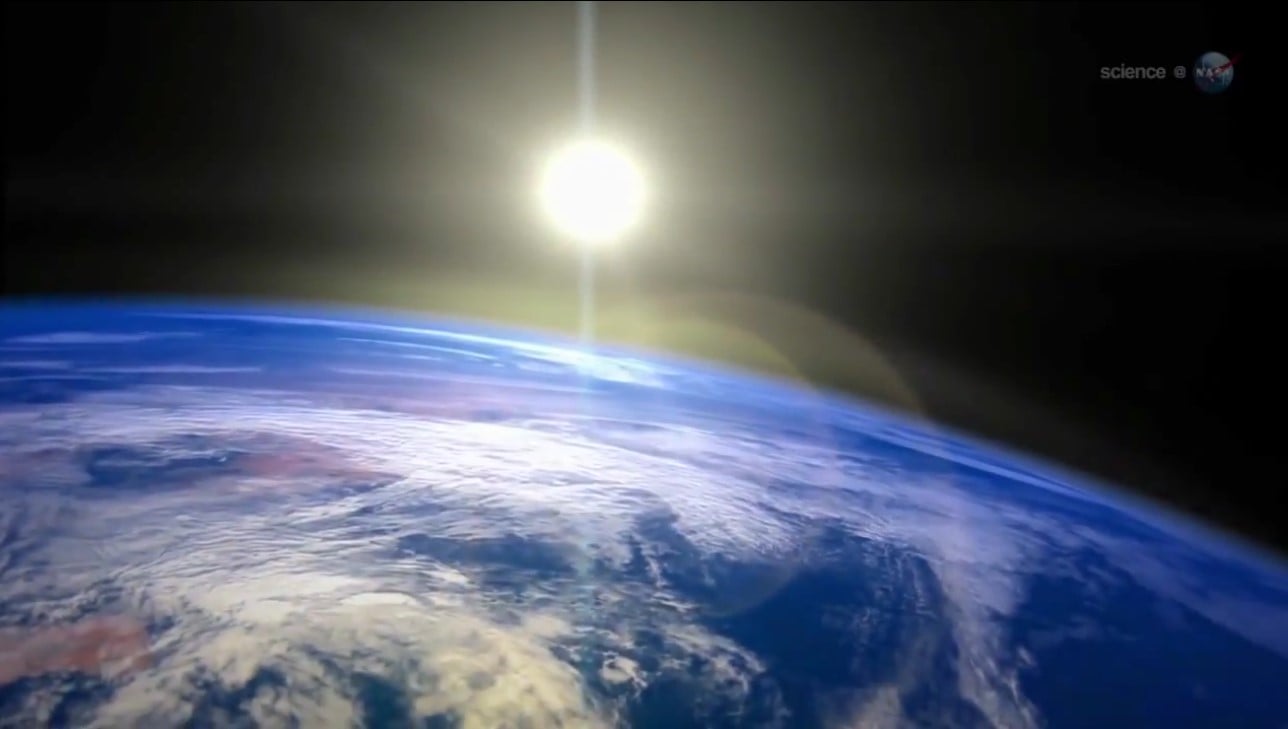The ozone layer is having a really tough time again. As soon as we think that it’s finally recovering and closing its hole, a new report emerges suggesting that ozone depletion is on the rise again. Ozone depleting chemical emissions of a dangerous chemical known as CFC-11 is on the rise again and scientists suspect that an unidentified source is violating the Montreal Protocol.
The Montreal Protocol was signed in 1987 when worries regarding the ozone hole started, and by 2010, the production of the ozone depleting chemical, CFC-11, entirely halted. Back in 1987 an international team of scientists saw the danger of Chlorofluorocarbons that affect the ozone layer and by the end of the same year, they created the Montreal Protocol in order to block production of the products to help the ozone layer to heal.
The Montreal Protocol was a success for the ozone layer recovery because all the countries in the world agreed to work on reducing and banning ozone-depleting gases that go into the atmosphere and damage the ozone layer. They all agreed to legally binding controls. That resulted in CFC-11 concentrations being declined by 15% from peak levels that were measured back in 1993.
Even though scientists thought that CFC-11 was completely halted and not in production, the new scientific paper published this week in the journal Nature shows that ozone depleting CFC-11 is again on the rise, by a new and unreported location. However, it is believed that the production is coming from East Asia.
The concentration of the ozone depleting chemical emissions are still decreasing. But, this new source is causing the process of declining to be much slower than it was before. Scientists discovered that the CFC-11 emissions that were happening between 2014 and 2016 were discovered to be 25% higher compared to the average emission of this harmful substance between 2002 and 2012.
“In the end, we concluded that it’s most likely that someone may be producing the CFC-11 that’s escaping to the atmosphere. We don’t know why they might be doing that and if it is being made for some specific purpose, or inadvertently as a side product of some other chemical process,” Stephen Montzka of the NOAA, lead author of the study said in a statement.
In order to respond to the new reports and suspicions, the United Nations Environment Programme published a statement in which it highlights how efficient the Montreal Protocol is in banning ozone depleting chemical emissions. The statement notes that it’s of critical importance to identify the source of emission increases and take the necessary actions as soon as possible. If no action is taken, the process will slow down the recovery of the ozone layer, especially since CFC-11 is responsible for almost a quarter of all chlorine that reaches the atmosphere.
“So long as scientists remain vigilant, new production or emission of ozone depleting chemicals will not go unnoticed,” the UN Environment statement stated.





